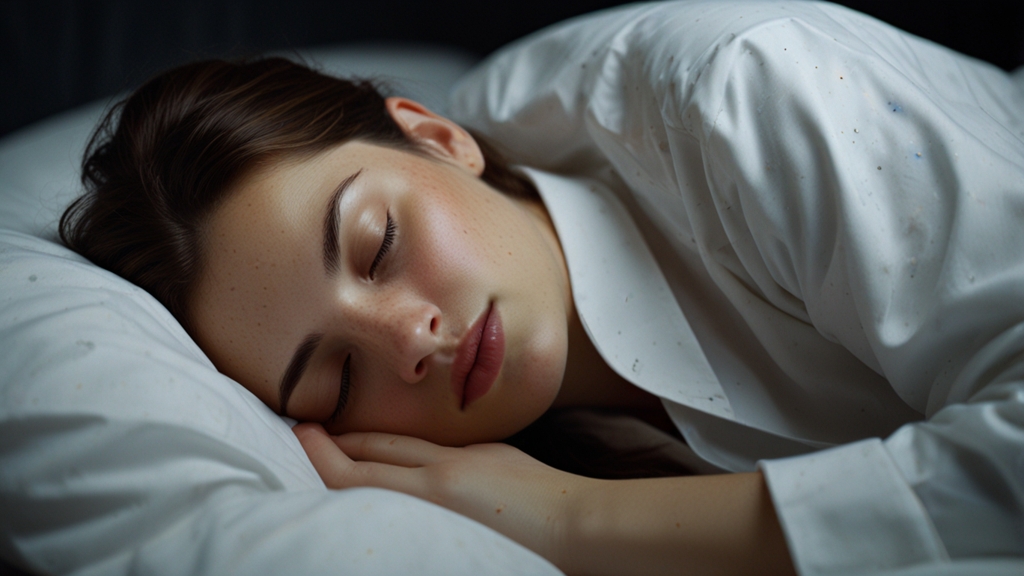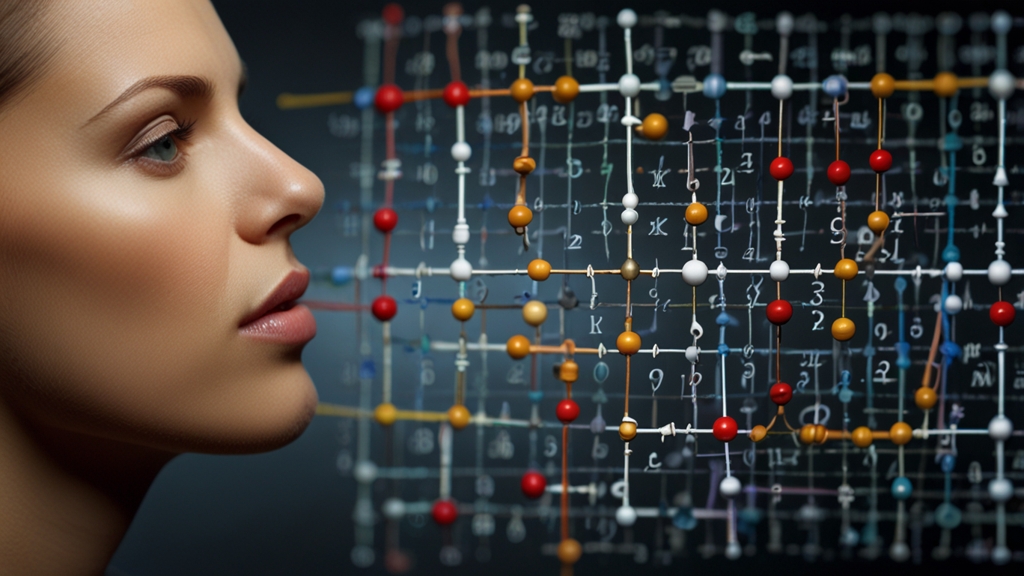The Science of Sleep: What Happens in Our Bodies While We Dream
Sleep is a fundamental aspect of life, essential for our physical and mental well-being. While it might seem like a period of inactivity, sleep is actually a dynamic process with multiple stages, each serving a unique purpose. One of the most fascinating aspects of sleep is dreaming, an enigmatic phenomenon that has bewildered scientists and philosophers for centuries. But what happens in our bodies while we dream? This article delves into the science of sleep and the intricate processes that occur during this mysterious time.
The Architecture of Sleep: Understanding Sleep Stages
Sleep can be broadly divided into two main types: Rapid Eye Movement (REM) sleep and Non-Rapid Eye Movement (NREM) sleep. NREM sleep itself comprises three stages:
1. Stage N1: The transition from wakefulness to sleep. This stage is light and lasts only a few minutes.
2. Stage N2: A slightly deeper stage of sleep where heart rate slows and body temperature drops. This is the stage we spend the most time in.
3. Stage N3: Deep sleep, also known as slow-wave sleep. This stage is crucial for physical restoration and memory consolidation.
Following these NREM stages, we enter REM sleep, characterized by rapid eye movements, heightened brain activity, and vivid dreaming. These stages cycle throughout the night, with each full cycle lasting about 90 to 110 minutes.
The Physiology of Dreams
Dreaming primarily occurs during REM sleep, a period often referred to as "paradoxical sleep" because, while the brain is highly active, the body remains in a state of atonia or paralysis. This prevents us from acting out our dreams and potentially harming ourselves.
“During REM sleep, the brain becomes almost as active as it is when we are awake, but the body is immobilized. This unique state allows for the vivid and sometimes bizarre experiences we call dreams.”
Several physiological changes accompany REM sleep:
- Increased Brain Activity: Certain brain regions, particularly those involved in emotion, memory, and visual processing, show heightened activity. This heightened brain activity manifests in the form of complex and vivid dreams.
- Muscle Atonia: The brain sends signals via the pons, a part of the brainstem, to prevent muscle movement. This ensures that while our minds are active, our bodies remain still.
- Fluctuating Heart and Respiratory Rates: Heart rate, blood pressure, and breathing become irregular, mimicking patterns seen during wakefulness.
The Purpose of Dreams
The exact purpose of dreams remains a topic of scientific debate. Several theories offer insights into their possible roles:
1. Memory Consolidation: Some researchers believe that dreams help consolidate memories by processing and integrating new information with existing memories. This theory suggests that dreaming serves to reinforce learning and problem-solving skills.
2. Emotional Regulation: Dreams may help us process emotions and cope with stressful experiences. By simulating various scenarios, the brain might be better equipped to manage emotions during waking hours.
3. Threat Simulation: Another theory posits that dreams evolved as a way to rehearse responses to threats, helping to improve our chances of survival. By experiencing and reacting to potential dangers in a safe environment, we may be better prepared for real-life situations.
The Mystery Continues
Despite significant advancements in our understanding of sleep and dreams, many questions remain unanswered. As technology and research methods continue to evolve, future studies will undoubtedly shed more light on the complex interplay between sleep, dreams, and overall health.
“Dreaming is like a journey into another world, a private theater in which we are the star, director, and audience simultaneously.”
In conclusion, dreams are an integral part of the sleep experience, reflecting the intricate operations of the human brain. They play potential roles in memory consolidation, emotional regulation, and even survival strategies. Understanding what happens in our bodies while we dream reveals the remarkable complexity of sleep and underscores the importance of prioritizing good sleep hygiene for overall health and well-being.











